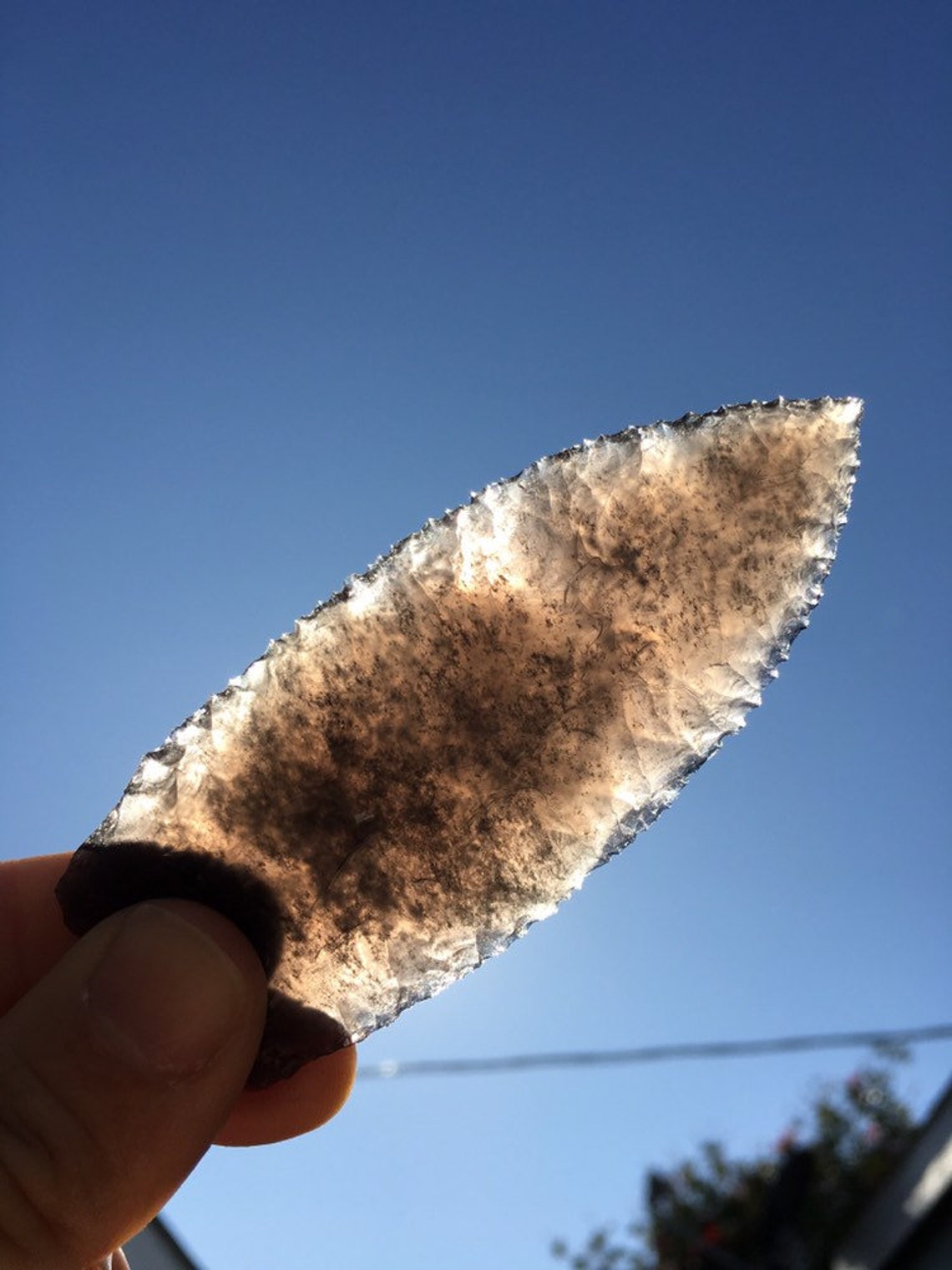


Small Business TINRIEF Small Obsidian BlGet it Wed, Sep 14 - Fri, Sep 16 8.95 shipping Only 14 left in stock - order soon. MEDIUM OBSIDIAN BLGet it Wed, Sep 14 - Fri, Sep 16 9.95 shipping Only 8 left in stock - order soon. The #23 blade is a larger version of the #21 blade. Price and other details may vary based on product size and color. The blade has a curved cutting edge, and the back edge is unsharpened. It is used for making larger incisions through thicker skin. The #22 blade is similar to the #10 blade. The blade is curved, and it is used for cutting tissue or puncturing the skin. The #21 blade looks very similare to the #20 blade, but it is a bit longer. The #20 blade is larger, and it is used for punctures or making cuts. The #15 blade has a curved cutting edge, and it is best used for making small incisions. For the most part, it is used to cut sutures. The #12 blade has an inside, very pointed crescent shaped curvature that’s extremely sharp. The blade is an elongated triangular blade with the hypotenuse as the sharp edge. The #11 blade has a pointed sharp tip that is used for stabbing or making short incisions, giving a precise, shallow cut. Is obsidian used in surgery Obsidian has been used as a cutting tool since the Stone Age, but modern versions of obsidian scalpels are manufactured by a. It has a large cutting edge that's curved. The most popular, traditional blade is the #10. Surgical blade handles are also known as BP handles after Brand & Parker. The number of the blade indicates the blade size and shape. With small variations, their numbering system is still in place today. Should the edge of the blade be open edge (surgically ground on both sides but finished on just one side) or closed edge (finished on and sharpened on both sides)?Ĭharles Russell Brand and Morgan Parker invented the 2 two piece (blade-handle) scalpel, and they assigned numbers 10-20 to blades and the numbers 1-9 to the handles.What shape of the slot in the blade (for replaceable blades) do you need for your handle?.Will the spine of the blade (unsharpened edge) affect your application?.Will you need a single use or a reusable blade?.When you choose the blades for your application, consider the following: This kind of material is crucial in order to achieve a the high degree of sharpness required for a perfect first tissue incision. Other choices for surgical blades include titanium, ceramic, diamond and obsidian.

Surgical blades are made of hardened and tempered steel or carbon steel. Disposable blades for a clean cut every time


 0 kommentar(er)
0 kommentar(er)
